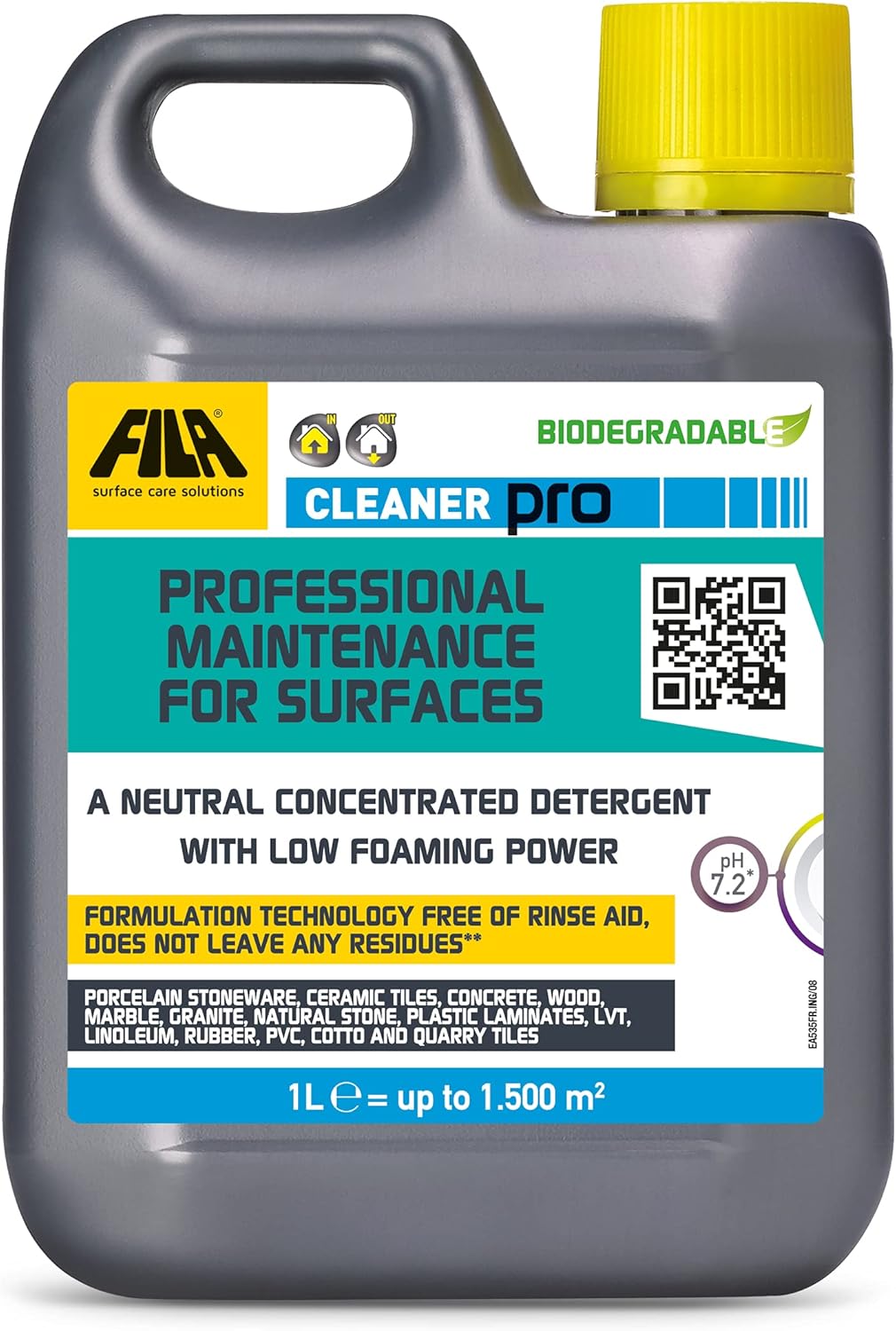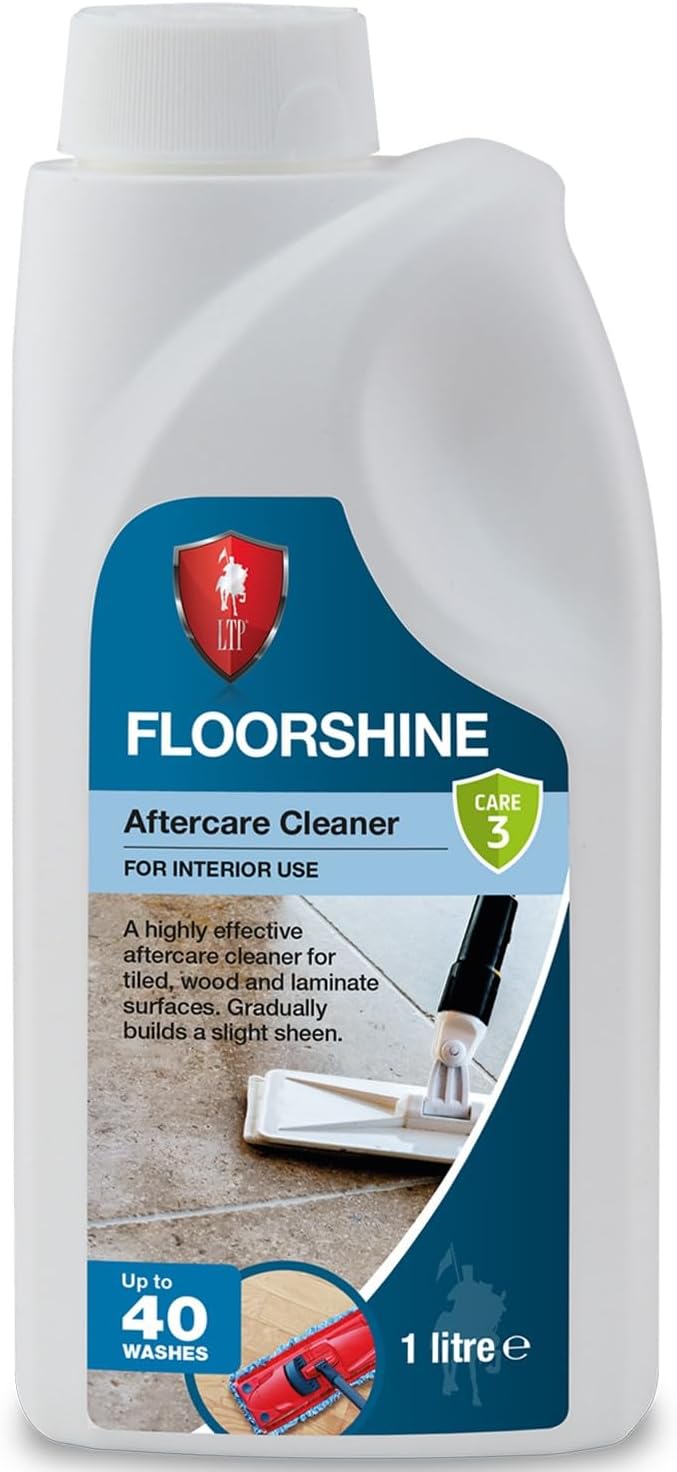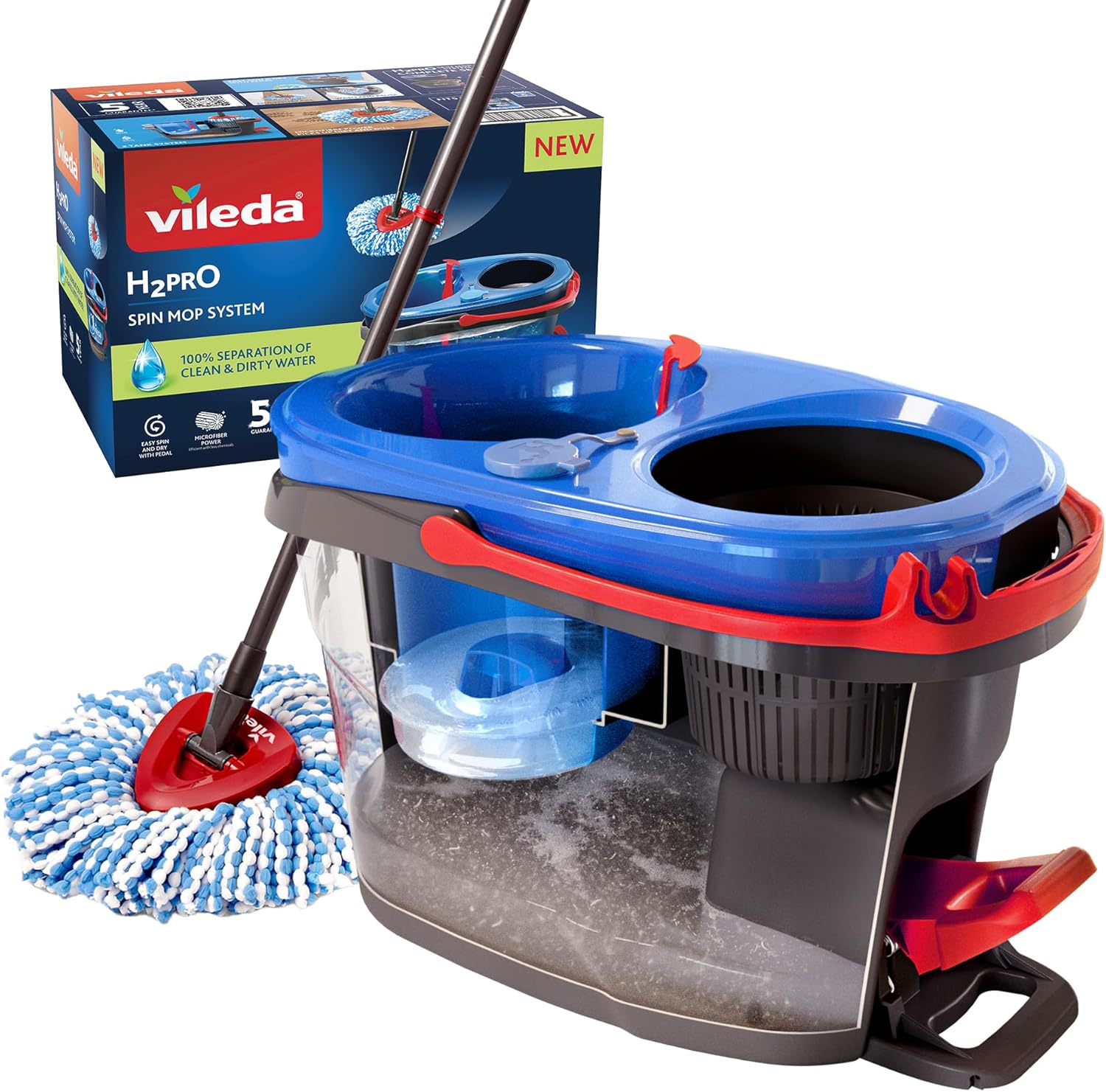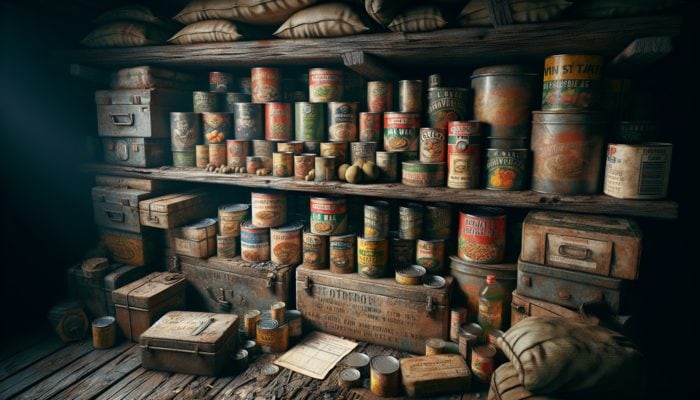Enhance the Longevity of Your Travertine by Recognising and Preventing Acid Damage
Protect Your Travertine Surfaces from Harmful Citrus Fruit Acidity
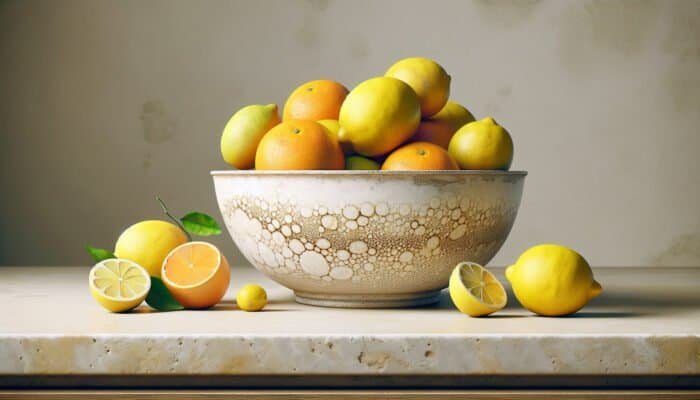
Placing citrus fruits, such as lemons and oranges, directly onto travertine surfaces can expose this exquisite natural stone to serious risks. The inherent acidity of these fruits, primarily due to the presence of citric acid, has the potential to etch the surface of travertine, which is a stunning type of sedimentary stone renowned for its beauty and robustness. This etching process can create dull patches, significantly detracting from the stone’s visual appeal. The chemical reaction between citric acid and the calcium carbonate in travertine can erode the surface layer, leading to patterns of damage that may necessitate costly repairs. For those who enjoy displaying fresh fruit, it is wise to utilise decorative bowls or trays to create a protective barrier, safeguarding both the aesthetic allure and integrity of the stone.
Maintaining the pristine condition of your travertine is essential, and being aware of these potential hazards is crucial. In the unfortunate event of an accidental citrus juice spill, it is important to act quickly—clean the affected area with a gentle soap and warm water solution, followed by thorough drying to prevent further damage. Regularly sealing the travertine surface can provide an added layer of defence against acidic spills, helping to maintain the beauty and durability of your investment.
Professional Recommendations: Must-Have Products for Daily Travertine Care
The Detrimental Effects of Vinegar on Travertine Cleaning Practices
Vinegar, while often celebrated as a household cleaning staple, poses a significant threat to travertine surfaces. Although it may effectively eliminate dirt and grime, the inherent acidity of vinegar can cause severe damage. Applying vinegar directly to travertine can strip the stone’s natural luster, resulting in unattractive dull patches that detract from its beauty and allure. Continued usage of vinegar may lead to irreversible etching and loss of texture over time, jeopardising the stone’s structural integrity. To maintain the cleanliness of your travertine, it is advisable to select pH-neutral cleaners specifically designed for natural stone surfaces. These products are formulated to clean effectively without damaging the stone’s structure. If vinegar has been inadvertently used, neutralising the area with a solution of baking soda and water, followed by a thorough rinse, is recommended to eliminate any residual acidity and prevent ongoing damage.
Strategies to Prevent Damage to Your Travertine from Carbonated Drinks
The refreshing appeal of carbonated beverages can be enticing, yet these drinks conceal hidden risks for your travertine surfaces. The acids found in sodas can gradually wear away the stone’s surface, resulting in various issues such as discolouration and erosion over time. Allowing a can or bottle to rest on a travertine countertop or floor can lead to condensation build-up, which may seep into the porous stone, causing stains and potential damage.
To shield your travertine, designate specific areas for beverages, such as coasters or trays, to minimise direct contact with the stone. Always clean up spills promptly using a soft cloth and plain water to avoid any lasting impact. Additionally, routinely sealing your travertine will provide an extra layer of protection against these common hazards, ensuring its longevity and maintaining its pristine appearance.
Identifying the Risks Associated with Harsh Cleaners on Travertine
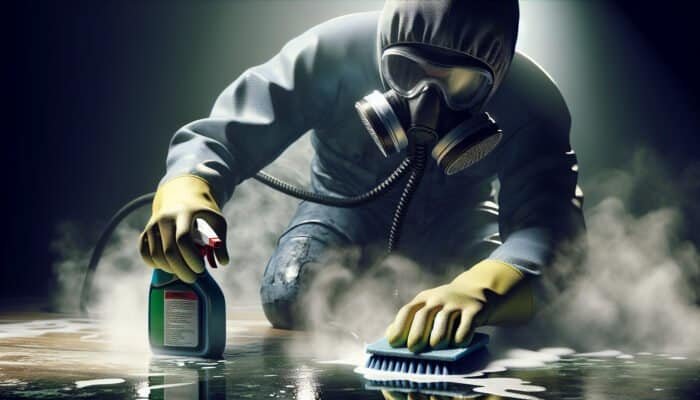
Understanding the Dangers of Bleach for Travertine Surfaces
While bleach is widely acknowledged for its powerful disinfecting properties, it is not a suitable cleaning agent for travertine surfaces. The harsh chemicals in bleach can cause discolouration and damage to the stone, leading to a loss of its characteristic beauty. When bleach comes into contact with travertine, it risks creating light spots, and frequent use can degrade the sealant that protects the stone from further deterioration.
Instead of bleach, opt for gentle, stone-safe cleaning solutions specifically formulated to preserve the beauty of natural stones like travertine. If bleach has been accidentally applied, thoroughly rinse the area with water to dilute any remaining chemicals and prevent additional damage. Regular cleaning with the appropriate products will help sustain the appearance of your travertine for years to come, ensuring it remains a stunning feature in your home.
Why Ammonia-Based Products Should Be Avoided for Travertine Care
Ammonia is a common household cleaner that should never come into contact with travertine. While it may seem effective for tackling stubborn stains, its potent formula can lead to etching and discolouration. The alkaline nature of ammonia negatively interacts with the calcium carbonate found in travertine, resulting in a compromised finish that is both unappealing and difficult to rectify.
For effective cleaning, consider using a gentle, pH-neutral stone cleaner. This will not only cleanse your travertine but also help preserve its natural shine. Regular maintenance is crucial; wiping down surfaces with a damp cloth can prevent grime build-up without resorting to harsh cleaners. Understanding the chemistry behind cleaning products can save you from costly repairs and help maintain the elegance of your travertine surfaces for many years.
Why Abrasive Cleaners Should Be Avoided to Maintain Travertine Surfaces
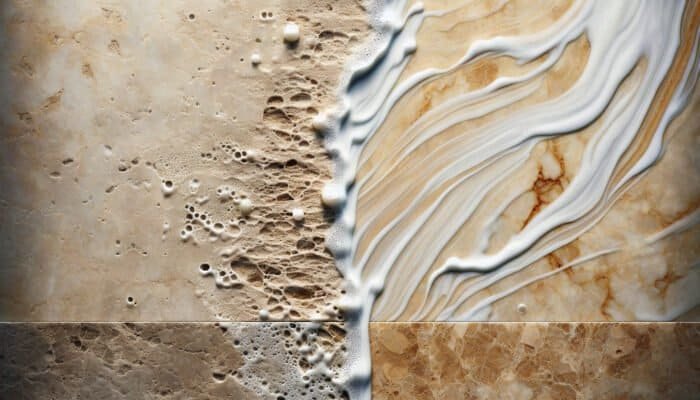
The allure of a sparkling clean surface can tempt many to use abrasive cleaners, but this can lead to significant damage to travertine. These gritty cleaners can scratch and dull the stone’s finish, leaving it marred and unattractive. Given that travertine is porous, it can also trap these abrasive particles, leading to further complications.
To maintain the integrity of your travertine, stick to non-abrasive, soft cleaning cloths and consider using a mop with a smooth head for floors. For stubborn stains, a safe and effective option is a solution of warm water and mild soap. Protecting your travertine involves adopting a cleaning routine that prioritises its unique properties, ensuring that it remains a stunning focal point in your home for years to come.
Effective Strategies for Protecting Your Travertine from Heavy Objects
Use Furniture Pads to Prevent Unsightly Damage to Your Travertine
The weight of heavy furniture can overshadow the elegance of travertine surfaces. When furniture is not placed on protective pads, it can lead to cracks in the stone. Over time, continuous pressure from chairs, tables, and other substantial pieces can create pressure points that, if left unchecked, may result in costly repairs.
To prevent such damage, it is essential to use furniture pads or coasters specifically designed for heavy objects. These pads distribute weight evenly and create a protective buffer between the stone and the object, minimising stress on the travertine. Regularly inspect the placement of your furniture to ensure that pads remain intact and in good condition. By taking these preventive measures, you can enjoy your travertine surfaces without worrying about unsightly damage, ensuring their beauty endures over the years.
Safeguard Your Travertine from Sharp-Edged Tools and Objects
Sharp-edged items can quickly compromise the beauty of travertine. Whether it’s kitchen knives, tools, or decorative objects with pointed edges, these items can chip or scratch the surface of the stone, undermining its integrity and aesthetic appeal. Over time, even minor scratches can accumulate, resulting in a worn appearance that detracts from the natural beauty of travertine.
To protect your investment, always place sharp items on protective mats or cutting boards rather than directly onto the stone. If a scratch occurs, it can often be polished out by a professional, but prevention is always the best approach. Educating yourself about the types of items that can potentially cause damage to your surfaces will help in maintaining the pristine condition of your travertine, allowing it to shine beautifully in your home.
Safeguarding Travertine from Heavy Tools and Equipment
When it comes to heavy tools, travertine surfaces are highly susceptible to damage if mishandled. Dropping heavy tools onto travertine can result in significant damage, including cracks and chips, which can lead to expensive repairs down the line. If you’re engaged in DIY projects or home improvements, ensure that travertine surfaces are adequately covered or protected to prevent accidents.
Utilising soft mats or protective coverings can create a barrier against potential impacts. When working in areas with travertine, designate a specific location for heavier tools, ensuring they are placed safely away from the stone. Taking these precautionary measures can save you from costly repairs while maintaining the beauty of your travertine surfaces for many years.
Understanding the Risks of Oil-Based Products on Travertine Surfaces
Prevent Stains from Cooking Oils on Travertine
Cooking oils can seep into the porous surface of travertine, resulting in dark, unsightly marks that mar your stone’s appearance. While travertine is undeniably beautiful, it is also notoriously absorbent, making it vulnerable to oils that can penetrate its surface if not cleaned promptly.
To minimise the risk of staining, always use coasters or trays when placing any oil-based products on travertine. If a spill occurs, immediate action is crucial; blot the area with a soft cloth instead of rubbing, as this can spread the stain further. For deeper stains, consider using a poultice specifically designed for stone surfaces to draw out the oil. Maintaining the beauty of your travertine requires diligence, particularly in areas like the kitchen where oils are frequently used.
Combatting the Risks of Grease on Travertine Surfaces
Similar to cooking oils, grease can become a long-term adversary of travertine surfaces. Grease can seep into the porous stone, creating permanent stains that are difficult to remove. Commonly found in kitchens, grease from cooking can accumulate and, if left unchecked, can mar the pristine appearance of your travertine countertops or floors.
The best defence against grease stains is prevention. Ensure that your cooking area is clean and free from spills by regularly wiping down surfaces with a soft cloth and a pH-neutral cleaner. If grease does penetrate the stone, act quickly to blot—never rub—and use a stone-safe cleaning solution. Additionally, sealing your travertine can offer an extra layer of protection against grease infiltration, ensuring your surfaces remain beautiful and intact.
Protecting Travertine from Oil-Based Paints
The use of oil-based paints poses a serious threat to the beauty of travertine. These paints can leave stubborn stains that mar the surface, often requiring professional cleaning to restore the stone’s natural appearance. When painting near travertine surfaces, caution is essential; even a small spill can lead to significant discolouration and damage.
For any painting projects, consider using drop cloths or protective coverings over travertine surfaces to prevent damage. If paint accidentally spills, try to clean it immediately with a solvent that is safe for natural stones. If the stain persists, enlist a professional stone restoration service to assess the damage. Taking these precautions can help ensure that your travertine maintains its stunning appearance, even during challenging projects.
Minimising Damage from Heat Sources on Travertine
Protecting Travertine from Hot Pots and Pans
Directly placing hot pots and pans on travertine surfaces can lead to thermal shock, a phenomenon that results in cracks forming in the stone. While travertine is resilient, it is also susceptible to rapid changes in temperature. When a hot object is placed on a cooler surface, the stone expands quickly, leading to stress fractures that may damage the stone beyond repair.
To protect your travertine, always use trivets or pads specifically designed to withstand high temperatures. This simple precaution can save you from the daunting task of repairing or replacing damaged travertine. Additionally, educating your household about the importance of protecting your stone surfaces can foster a culture of care that extends the life of your travertine.
Minimising Candle Damage to Travertine Surfaces
Candles can enhance the ambience of a room, yet they can also pose a threat to travertine surfaces. Wax from candles can drip onto the stone, and if not cleaned immediately, it can leave stains that are difficult to remove. Wax can seep into the porous travertine, leading to dark marks that diminish the stone’s natural beauty.
To minimise this risk, always place candles on trays or holders that catch any drips. If wax does land on travertine, allow it to cool and harden before gently scraping it off with a plastic scraper. Follow this with a gentle clean using a mild detergent and water. Maintaining the beauty of your travertine requires vigilance and prompt action to prevent stains from becoming permanent fixtures.
Protecting Travertine from Heaters and Excessive Heat
The intense heat produced by heaters can be detrimental to travertine surfaces. When placed directly near heat sources, travertine can expand and contract, leading to cracks and surface damage over time. This thermal expansion can compromise the structural integrity of the stone, making it more susceptible to further wear and tear.
To protect your travertine, consider positioning heaters in locations that are distant from direct contact with the stone. Employing heat-resistant barriers can also shield your travertine surfaces from extreme temperatures. Being mindful of your home’s heating layout will safeguard your travertine surfaces and keep them looking pristine for years to come.
Managing Fireplaces to Protect Your Travertine
Fireplaces emit substantial heat that can damage nearby travertine surfaces if not managed properly. The heat generated by a fireplace can induce thermal stress, causing the stone to crack and degrade over time. This risk is particularly pronounced when travertine is used for surrounds or hearths.
To protect your travertine, ensure that adequate space is maintained between the fireplace and the stone. Keep the area clean and free of debris that could ignite and come into contact with the stone. Regular inspections of fireplace areas can help catch any signs of heat-related damage early, allowing for timely repairs and ongoing maintenance to keep your travertine in optimal condition.
Safeguarding Travertine from Barbecues
The intense heat emitted by barbecues can similarly pose risks to travertine surfaces. Cooking outdoors often leads to elevated temperatures that may impact the stone, especially if the barbecue is positioned too close. Thermal shock can occur, resulting in irreversible cracks and discolouration.
To avoid damage, maintain a safe distance between the barbecue and any travertine surfaces. Consider using heat-resistant mats as a barrier when setting up outdoor cooking stations to protect your equipment. Being proactive in these arrangements can prevent costly damage and preserve the beauty of your travertine for future enjoyment.
Effectively Managing Staining Substances on Travertine
Mitigating Red Wine Stains on Travertine Surfaces
While enjoying a glass of red wine can be delightful, it can have detrimental effects on travertine surfaces. The deep pigments and acidity of red wine can lead to significant staining if spilled. If a drop lands on your travertine, immediate action is imperative. The longer the wine sits, the more it penetrates the porous surface, making it increasingly difficult to clean and restore.
To mitigate the risk of stains, always use coasters when enjoying beverages on travertine. In the event of a spill, blot the area immediately with a soft cloth, avoiding any rubbing or scrubbing that could spread the stain further. Follow up with a gentle soap and water solution. Prompt action is essential to maintaining the pristine appearance of your travertine and ensuring its longevity.
Protecting Travertine from Coffee Stains
Similar to red wine, coffee is another everyday beverage that can stain travertine. The dark pigments in coffee can penetrate the stone, leaving lasting marks that may become difficult to remove. Travertine’s porous nature means that once coffee seeps in, it can become a permanent fixture unless treated quickly.
Preventative measures are crucial; use coasters and remain mindful of coffee cups that may drip. If a spill occurs, quick action is vital—blot the moisture and clean the area with a gentle cleanser. Regular cleaning and sealing of travertine surfaces can provide added protection against stains from coffee and similar substances, ensuring that your surfaces remain beautiful.
Dealing with Ink Stains on Travertine Surfaces
Ink stains present a formidable challenge for travertine surfaces, as they can lead to permanent discolouration. The chemicals in ink can penetrate deeply into the stone, creating a stain that is not only unsightly but can be challenging to eradicate. Whether from pens, markers, or other ink-based products, the risks are significant and should be managed carefully.
To safeguard your travertine, avoid placing ink items directly onto the stone. If an ink spill occurs, quickly blot the area with a soft cloth, being careful not to rub, which can spread the ink further. Consider using a stone-safe cleaner designed to tackle tough stains, and if necessary, consult a professional for stubborn marks. Prevention is always the best strategy when dealing with delicate materials like travertine, ensuring its beauty endures.
Preventing Olive Oil Stains on Travertine
Olive oil, a staple in many kitchens, can also stain travertine surfaces if not addressed promptly. The oil can seep into the porous stone, leading to dark, unsightly marks that may become permanent. Given travertine’s tendency to absorb liquids, any spills must be dealt with quickly to maintain the stone’s appearance and integrity.
To prevent olive oil stains, always use protective coasters or trays when placing oil-based items on the stone. In the event of a spill, act quickly—blot the area gently and clean with a gentle soap and water solution. Regular sealing of travertine can also create a protective barrier, minimising the risk of such stains infiltrating the surface and ensuring your travertine remains pristine.
Managing Moisture and Humidity to Safeguard Travertine
Addressing the Risks Associated with Standing Water on Travertine Surfaces
Standing water is a silent enemy of travertine, capable of seeping into the stone and causing discolouration. The porous nature of travertine makes it particularly susceptible to moisture, leading to mold growth, staining, and potential structural issues if water remains trapped. This situation can be especially problematic in areas such as bathrooms or kitchens, where humidity levels are often high and moisture is prevalent.
To safeguard against the effects of moisture, always dry your travertine surfaces promptly after cleaning. Consider using a dehumidifier in areas prone to high humidity, and ensure that all spills are cleaned up immediately to prevent water from seeping into the stone. Additionally, regular sealing of your travertine surfaces can help repel moisture, keeping the stone in optimal condition and preserving its beauty.
Frequently Asked Questions About Travertine Maintenance
What is Travertine and Its Unique Qualities?
Travertine is a type of limestone that forms from mineral deposits in hot springs, characterised by its porous surface and distinctive textures. It is commonly used for flooring, countertops, and outdoor patios due to its aesthetic appeal and durability.
How Can I Properly Maintain My Travertine Surfaces?
Effective maintenance of your travertine involves regular cleaning with pH-neutral products, immediate attention to spills, utilisation of coasters and mats, and periodic sealing. These practices will help ensure the beauty and longevity of your travertine, allowing it to remain a stunning feature in your home.
Is It Safe to Use Vinegar for Cleaning My Travertine?
No, vinegar should be strictly avoided as it is acidic and can damage travertine surfaces. Instead, opt for a pH-neutral cleaner to prevent etching and discolouration, preserving the stone’s natural beauty.
What Steps Should I Take if My Travertine Becomes Stained?
Immediate action is crucial—blot the stain with a soft cloth, then clean the area with a mild soap and water solution. For persistent stains, consider using a poultice or consulting a professional for further assistance to restore your stone.
Is Travertine Suitable for Outdoor Applications?
Yes, travertine is frequently used for outdoor patios and walkways due to its durability and aesthetic appeal; however, it should be sealed to protect against moisture and stains, ensuring its longevity outdoors.
How Often Should I Re-Seal My Travertine?
It is generally recommended to seal travertine every 1-3 years, depending on usage and exposure to moisture. Regularly check for signs of wear and reapply sealant as needed to maintain optimal protection.
Can Heavy Furniture Be Placed on Travertine?
Yes, but always use protective pads under heavy furniture to prevent cracking and scratching of the surface, ensuring your travertine maintains its beauty and functionality.
What Are the Best Cleaning Products for Travertine Maintenance?
Look for stone-safe, pH-neutral cleaners specifically designed for natural stone. Avoid any acidic or abrasive products that can damage the surface and compromise the integrity of your travertine.
How Can I Effectively Remove Wax from Travertine?
Allow the wax to harden, then gently scrape it off using a plastic scraper. Follow up with a soft cloth and a mild cleaner to eliminate any residue left behind, restoring your travertine’s appearance.
Is It Safe to Use Bleach on Travertine Surfaces?
No, bleach can cause discolouration and damage to travertine. Stick to gentle, stone-specific cleaning solutions to preserve the stone’s integrity and maintain its natural beauty.
The Article Is there anything I should avoid putting on travertine: A Guide first found on https://london-stone.co.uk
The Article Avoiding Mistakes with Travertine: Essential Guide appeared first on https://fabritec.org
The Article Essential Guide to Avoiding Mistakes with Travertine Was Found On https://limitsofstrategy.com
